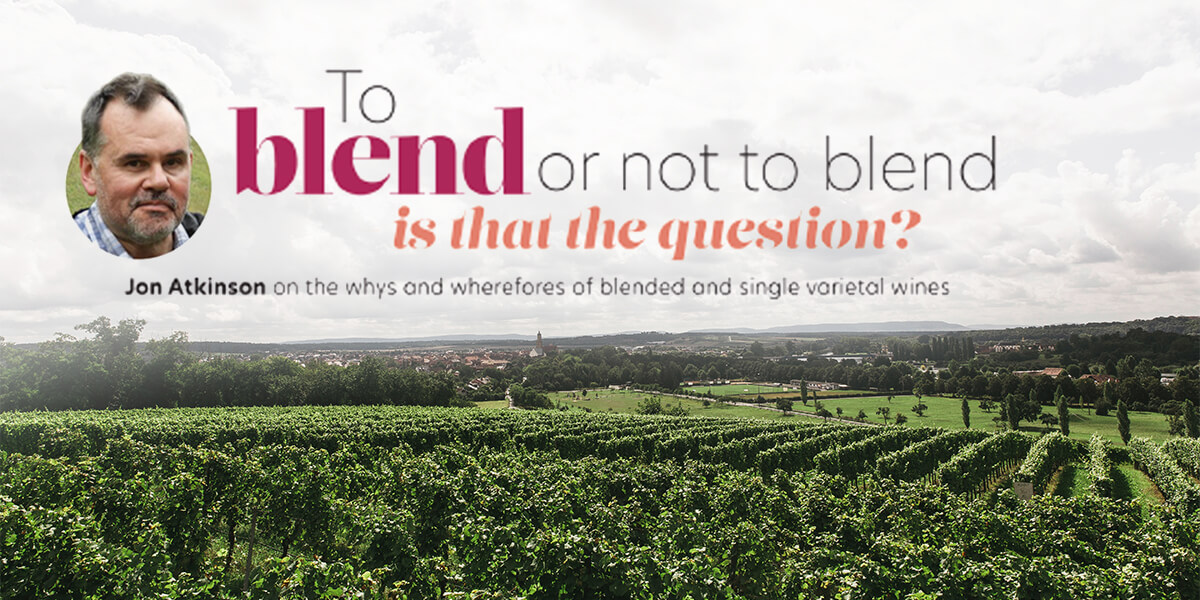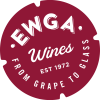What are the rules?…
In one of my previous blogs, I featured Bordeaux, one of the most famous wine regions of them all; home to some of the most fabled (and expensive!) wines to be found anywhere and a region in which blending (combining different grape varieties) is second nature. Another equally famous French region, Burgundy, is the polar opposite in this regard; with a couple of quirky, seldom encountered exceptions reds can only be made from one variety – Pinot Noir and whites only from Chardonnay.
In most of the classic European wine regions, the choice of grape(s) is determined by the appropriate governing body, such as AOC in France, with some allowing for blends and others not. Take Sancerre as an example; having your vineyards within the demarcated region alone is not enough to be allowed to label your wine as such. You must grow Sauvignon Blanc (or Pinot Noir for red and rosé) as well as adhering to other regulations. Châteauneuf-du-Pape by comparison permits the use of any of 13 (technically 18!) different varieties in any combination as long as the resulting wine is either red or white. However, Grenache Noir accounts for over ¾ of all plantings so will usually dominate the blend, except in whites, but these only account for about 7% of what is produced.
So, which is better ?…
In truth there is no correct answer – what works best in one region could be quite inappropriate in another. Some more delicate varieties like Pinot Noir would be likely to be overwhelmed if blended with something else whilst with other varieties, the ‘greater than the sum of its parts’ philosophy can also, often prove true, with each of the component varieties in a blend bringing a little something extra to the party!
So, on to some recommendations…
BLENDS:
Eguren Ugarte Rioja Blanco – Rioja, Spain
Most unoaked white Rioja is Viura aka Macabeo occasionally with a splash of Malvasia added and truth be told, it is often nothing to write home about in the same way that a lot of Pinot grigio is really rather banal! This delightfully crisp, fresh & fruity white is made by Bodegas Eguren Ugarte, a family owned & operated 130ha Estate with a spectacular winery just outside Laguardia with the imposing Sierra Cantabria mountains making for a spectacular backdrop. This is a blend of five varieties, taking advantage of a change in the rules which increased the number of different grapes that can be used in Rioja. A perfect summer white to enjoy sat out in the sunshine!
Valle Secreto ‘Private’ Cachapoal Red – Cachapoal Valley, Chile
Valle Secreto is a boutique Estate of some 38ha in the upper reaches of the Cachapoal valley, about 130km south of Santiago. It was established as recently as 2007; a joint venture between two wine loving families with a background in the food sector. ‘Private’ is their premium range and the Cachapoal red is a blend of roughly equal parts of Cabernet Sauvignon, Syrah & Carmenère that was aged in French oak Barriques for up to 18 months. Given the robust nature of the 3 component varieties, this is a surprisingly elegant wine – full-bodied and fruit driven for sure, but with lovely depth, concentration and complexity.
SINGLE VARIETAL:
Ch. Martinolles VV Limoux Chardonnay – Vin de Pays – France
Limoux is an historic Appellation that lies in between Toulouse and Perpignan in the Aude Department of the Languedoc. The altitude is about 300 metres above sea level which, in conjunction with the cooling influence of the Pyrenees gives a surprisingly cool climate for such a southerly location. The vineyard, which is surrounded by Olive, Pine & Oak trees is farmed sustainably & is Terra Vitis certified. The Chardonnay vines here are 40+ years old and the grapes are picked by hand. Fermentation is in oak followed by a modest amount of aging in the same. This gives a wine that is richly flavoured with a well-rounded, almost creamy texture with a judicious level of oak that enhances rather than overwhelms the wine.
Torre dei Vescovi IGT Trevenezie Pinot Nero – Veneto, Italy
Produced by the excellent Colli Vicentini co-operative at Montecchio Maggiore, Torre dei Vescovi (Bishop’s tower) is their flagship range offering serious quality at realistic prices! This delicately hued, garnet red Italian take on Pinot Noir from iron-rich south-easterly facing vineyards in the Venetian hinterland is rather delicious and terrific value to boot! The cool climate of the Veneto suits this notoriously ‘truculent’ variety very well with this example being vibrantly fresh, low in tannin and gently fruity with notes of redcurrant, cherry, raspberry & violets – the sort of red that drinks well at a cooler temperature, perhaps not chilled, but maybe cellar temperature, around 12°.
If you are interested in any of the aforementioned wines or would like to discuss your wine requirements with our wonderful team, simply email [email protected] or give us a call on 01524 737 100.



